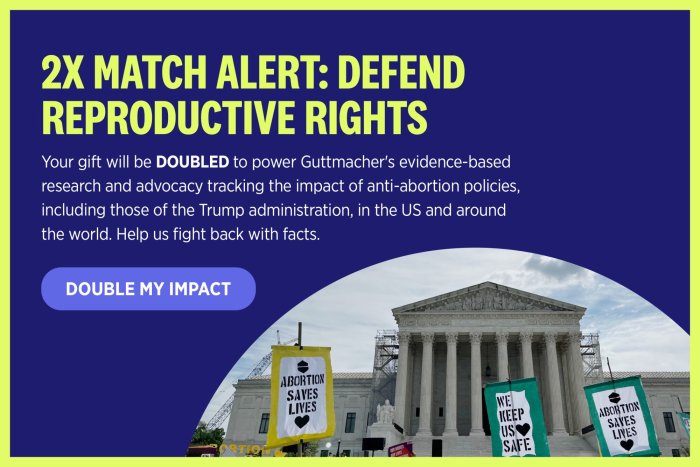CONTEXT
IUDs are infrequently used in the United States. Assessing how counseling about this method is delivered can help identify barriers to IUD use that might be overcome by improving services.
METHODS
A sample of 342 family planning visits at six clinics in the San Francisco Bay Area in 2009–2012 were audio-recorded, and patients completed surveys both before and after their visits. Descriptive quantitative analyses of counseling were performed, and correlates of IUDs’ being mentioned during counseling were investigated using logistic regression. Qualitative analyses investigated the counseling women received about IUDs generally (in a subset of 42 visits), as well as counseling for women who already had an IUD in place (13 visits) or who felt their provider inappropriately expressed a preference for IUDs (five visits).
RESULTS
IUDs were mentioned in 75% of visits. Patient-initiated mention of IUDs was more likely in visits by women aged 35 or older than in those by women younger than 20 (odds ratio, 6.4); provider-initiated discussion of this method was less common if the provider was older than 55 than if he or she was younger than 46 (0.3). Providers more often discussed potential adverse effects of IUD use than benefits; counseling often was noninteractive and did not address how patient preferences related to characteristics of IUDs. Counseling was frequently fragmented by the need for return visits or referral elsewhere for insertion.
CONCLUSIONS
IUD counseling may be improved by enhancing comprehensiveness and patient-centeredness, and by decreasing fragmentation of care.
Perspectives on Sexual and Reproductive Health, 2014, 46(3):xx-xx, doi: 10.1363/46e0814
